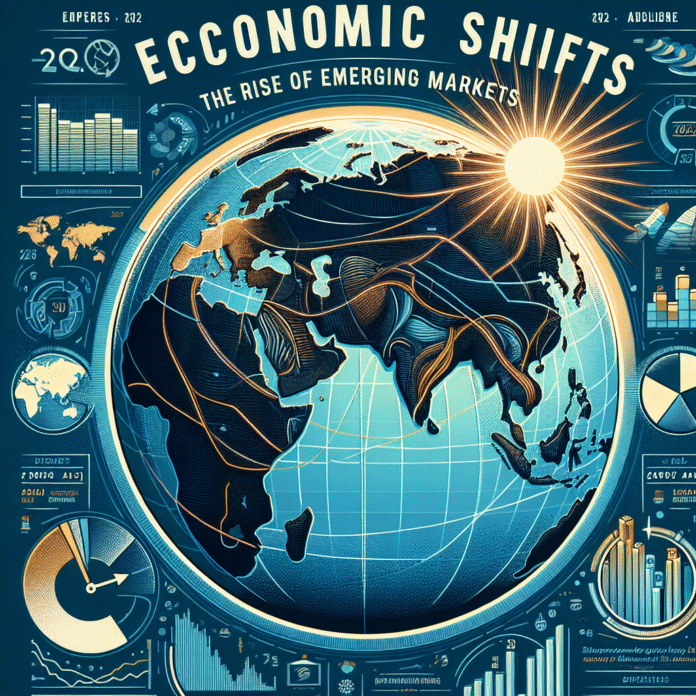As the world grapples with the aftermath of the pandemic and unprecedented geopolitical tensions, 2023 has emerged as a pivotal year for global economics. One of the most notable trends is the rise of emerging markets, which are reshaping the landscape of international finance and trade. This article explores the factors driving this shift, the implications for global investment, and the challenges these markets face.
Understanding Emerging Markets
Emerging markets, typically defined as economies in transition from low income to middle income or from middle income to advanced economies, include countries like India, Brazil, Nigeria, and Vietnam. These nations are characterized by rapid industrialization, improving infrastructure, and increasing consumer demand. In recent years, they have attracted significant foreign direct investment (FDI) and are showing greater resilience in the face of global economic volatility.
Key Drivers of Growth
1. Digital Transformation
In 2023, the COVID-19 pandemic accelerated the digital transformation in emerging markets. With increased internet access and smartphone penetration, many countries are witnessing a boom in e-commerce, fintech, and digital services. For instance, India’s startup ecosystem has attracted billions in investment, fostering innovation and creating job opportunities.
2. Demographic Dividend
Emerging markets host a growing young population that is more adaptable and eager to engage in the global economy. Nations like Nigeria and Indonesia have relatively high birth rates, leading to a vibrant workforce that is essential for long-term economic growth. This demographic advantage is crucial for driving consumption and expanding markets.
3. Resource Wealth
Many emerging markets are rich in natural resources, including minerals, oil, and agricultural products. Countries in Africa and South America are increasingly drawing interest from global investors seeking to secure supply chains, particularly in light of ongoing disruptions in established markets. The push for renewable energy also opens up new opportunities in these resource-rich regions.
4. Government Initiatives
Many governments in emerging markets are taking proactive measures to improve the business environment. Regulatory reforms, tax incentives, and investment in infrastructure are common strategies aimed at attracting foreign investors. These initiatives are expected to enhance the overall stability and growth of these markets.
Implications for Global Investment
1. Diversification of Portfolios
Investors are increasingly turning to emerging markets to diversify their portfolios. Given the volatility in developed markets, asset managers are seeking higher returns in regions where growth is projected to outpace developed economies. This trend is particularly evident in sectors such as technology and healthcare.
2. Shift in Supply Chains
As companies reassess their supply chains, emerging markets are becoming attractive alternatives to traditional manufacturing hubs. Countries in Southeast Asia, for example, are rapidly replacing China as the go-to destination for cost-effective production, influenced by rising labor costs in China and geopolitical tensions.
3. Sustainability Focus
Investors are also prioritizing sustainability, driving capital towards emerging markets that adopt environmentally friendly practices. Sustainable investment funds are looking to finance green projects, renewable energy, and sustainable agriculture in these regions.
Challenges Ahead
While the rise of emerging markets presents significant opportunities, challenges remain. Political instability, economic disparity, and poor infrastructure can hinder growth. Additionally, inflationary pressures and currency fluctuations pose risks for investors. Climate change presents a unique threat to many of these countries, with their economies often relying heavily on agriculture and natural resources.
Conclusion
The rise of emerging markets in 2023 marks a transformative shift in the global economic landscape. Digital advancements, demographic advantages, resource wealth, and supportive government initiatives are propelling these countries into the spotlight. However, realizing their full potential will require navigating a landscape rife with challenges. As investors adjust their strategies in response to these dynamics, emerging markets are poised to play a critical role in the global economy’s future.
As we move forward, understanding these shifts will be crucial for stakeholders seeking to harness the opportunities that lie within these burgeoning economies.






